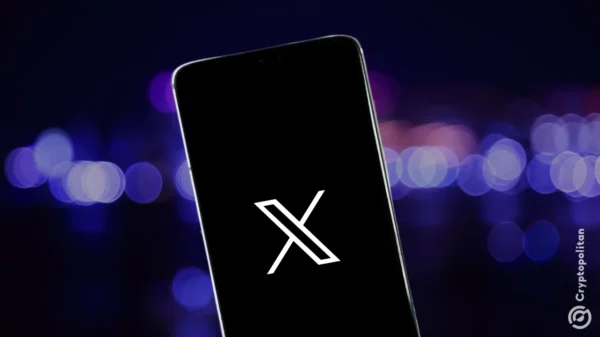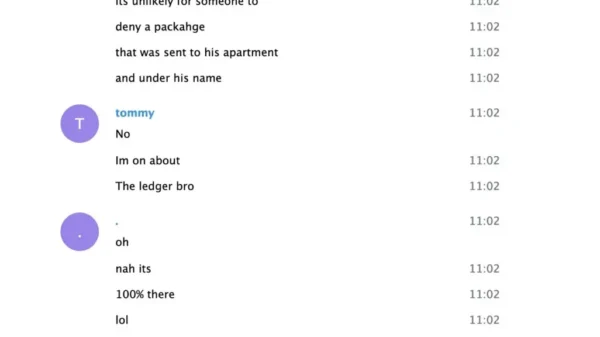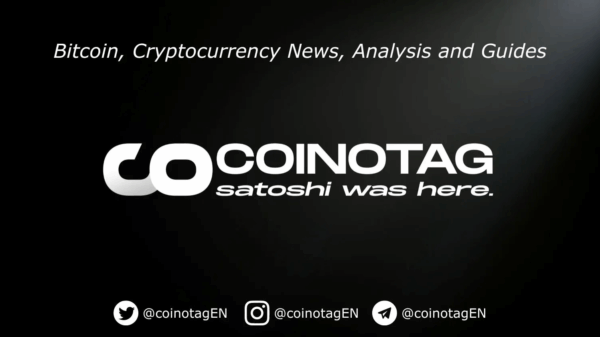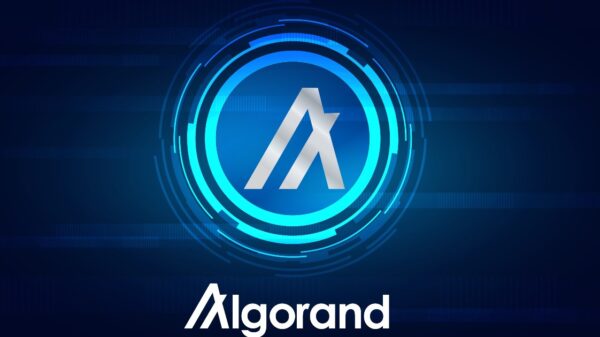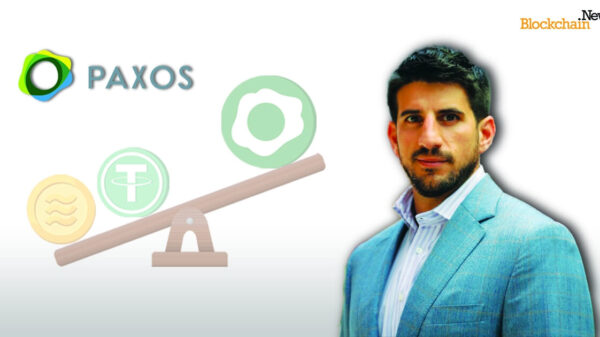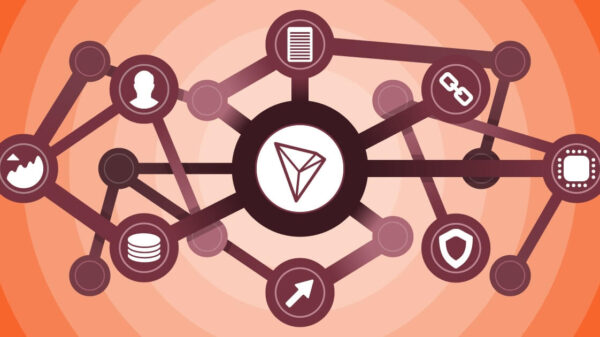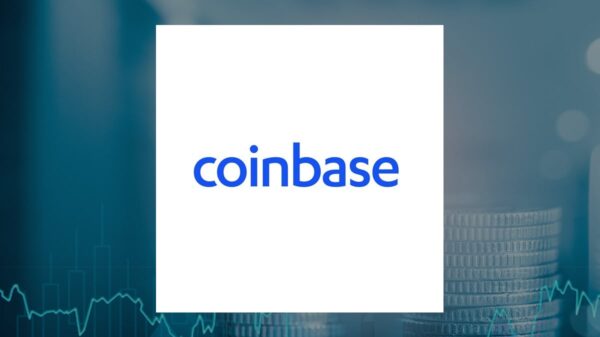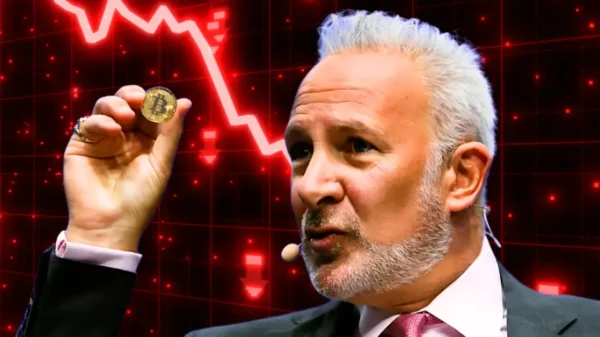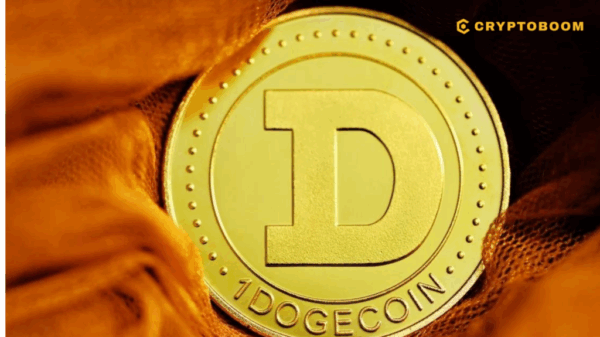Ripple is making significant strides in transforming the landscape of global payments as its network, RippleNet, now boasts over 300 financial institutions. This notable growth underscores the increasing adoption of Ripple”s innovative technology, aimed at facilitating faster and more transparent cross-border transactions.
The company”s initiatives focus on supporting ISO 20022, which is rapidly becoming the global messaging standard for modern financial transactions. Currently, this standard is being adopted in 70 countries and is projected to manage around 87% of global financial transactions by the end of 2023. By utilizing RippleNet, institutions can connect to standardized APIs, streamline operations, and engage with a global network governed by uniform rules.
XRP continues to play a pivotal role in Ripple”s ecosystem, designed to enable efficient and scalable cross-border transfers. Ripple”s significant involvement in the ISO 20022 Standards Body allows the company to influence the future direction of international payment systems directly.
Feedback from Ripple”s partners highlights a consistent increase in remittance flows, indicating a pressing need for enhanced digital infrastructure to unlock new revenue opportunities. With representation from more than 45 countries across six continents, RippleNet”s growing network reflects a clear demand for transparent settlement processes, quicker liquidity movement, and reduced friction in international payment corridors.
As Ripple strengthens its position within the global financial ecosystem, it signals a wider move toward advanced digital payment systems. The ongoing adoption of RippleNet, coupled with interest in platforms aligned with ISO 20022, points to a genuine shift toward unified standards, efficient settlement pathways, and scalable distributed systems. The financial sector”s evolution in response to these trends places assets like XRP under closer scrutiny, as they are likely to play a critical role in the rapidly changing landscape of cross-border payment infrastructure.

